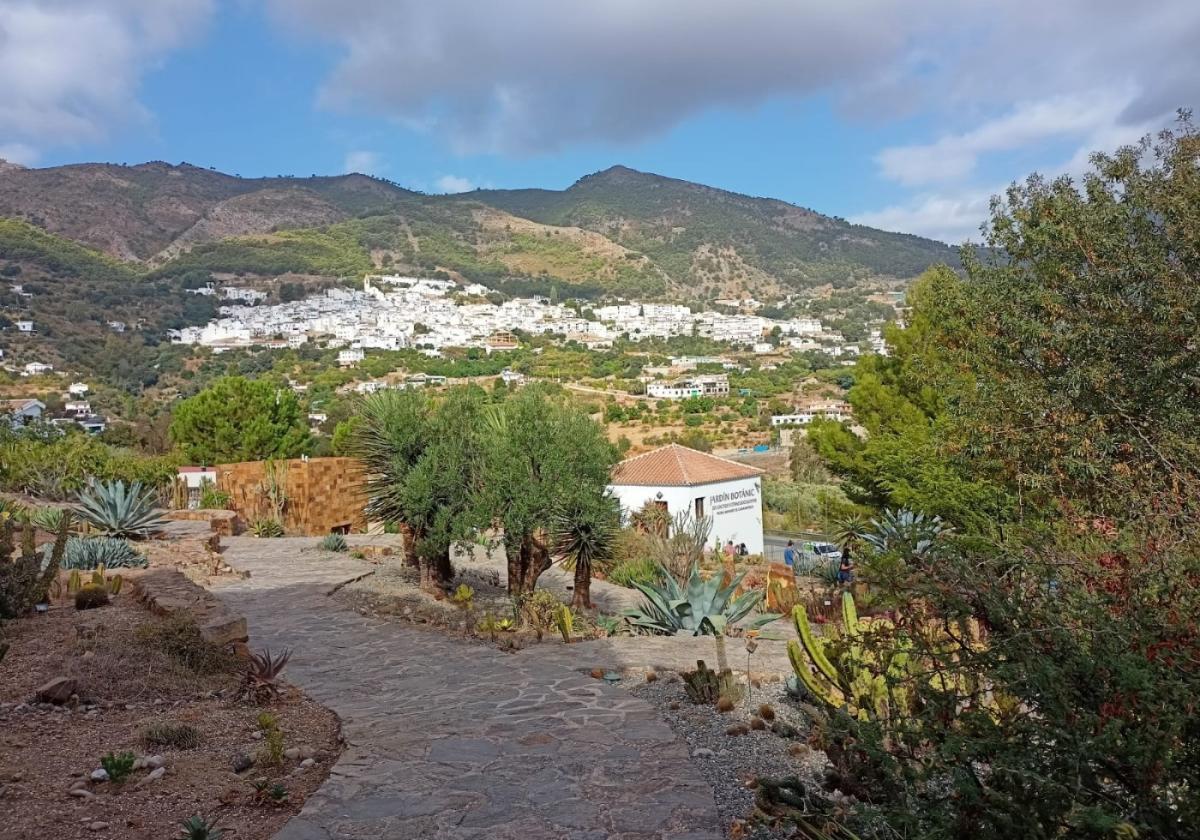Casarabonela: a name reflecting years of occupation
Casarabonela is thought to come from the Arabic translation of the Roman name Castra Vinaria, highlighting the mixed heritage of the town
Anna Clift
Viernes, 26 de mayo 2023, 12:53
Located in the Sierra de las Nieves, in the foothills of Sierra Prieta, Casarabonela is one of the white towns that characterise the region, with its combined Roman, Moorish and Christian heritage. The population of the town in 2022 was 2,524, according to Junta de Andalucía statistics. This included 256 foreign residents, 40.2% of whom were British
.
Human occupation in the village goes back to prehistoric times, explains Casarabonela town hall, with evidence including tools, paintings and stone slabs used for burials.
Key changes took place in the village when it was occupied by the Romans. They built a fortification which now sits under the castle ruins that are there today. The origins of the name Casarabonela are thought to come from this time. The Romans named the village Castra Vinaria, which is Latin for fortress of wine. This name was supposedly given because the area has hillsides ideal for vine-growing.
The village was one of the last to fall to the Moors. When it eventually did in 922, the name Castra Vinaria, according to writer and linguist Juan Chavarría Vargas, underwent "Arabisation", becoming Qasr Bunayra.
During the years of conflict between the Christians and the Moors, the village was of strategic importance because it had views of the other white villages all the way down to the Malaga coastline. The quality of Moorish improvements on the fortress' defence turned it into one of the most difficult places to conquer in the whole region.
However, on 2 June 1485 the village finally fell to the Catholic Monarchs, hence beginning the period of christian occupation. Chavarría Vargas tells that after the conquest, "most of the Arab residents remained in the village", alongside new Christian neighbours. Although it was not long before rebellions emerged, which culminated in the Alpujarras rebellion in 1568. This led to the expulsion of all of the Moorish population from the area, and the town was repopulated with Christians.
It is thought that the Christian occupation is what led to the name Casarabonela. According to Juan Chavarría Vargas the romance language influence from the Christian occupiers caused the "Castilianisation" of the name Qsar Bunayra, as it became Casarabonela. However, some historians such as Virgilio Martínez Enamorado doubt that there is any real historical or geographical proof of the connection between Castra Vinaria and Casarabonela.
On 19 December 1832 the municipality of Carratraca was divided, creating the Casarabonela area we know today.
All in all, the name Casarabonela reflects the rich history of the village and its surroundings, which is still clearly visible to today's visitors.
